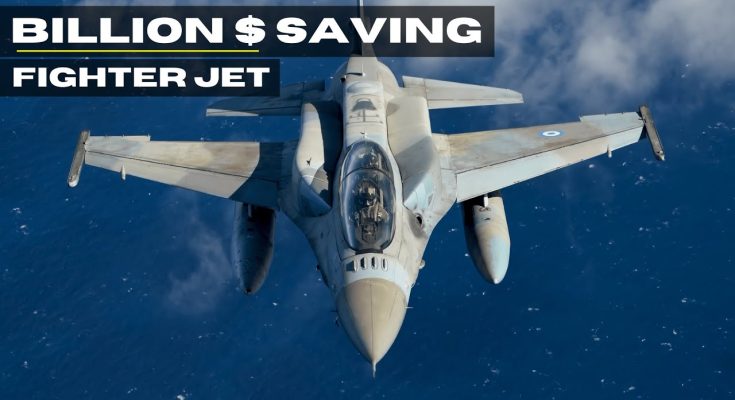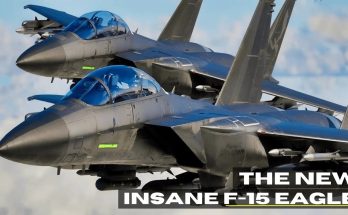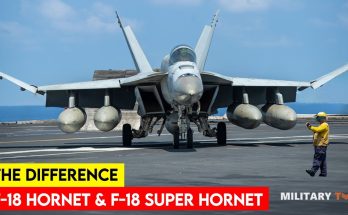The F-16 Fighting Falcon is one of the most iconic and widely used fighter jets in the world, known for its versatility, reliability, and cost-effectiveness. Often regarded as America’s cheapest fighter jet to fly, the F-16 has been a mainstay of the U.S. Air Force and many allied nations for decades. Here’s why it is considered the most economical choice in modern fighter jets:
1. Operational Cost Efficiency
The F-16 is often highlighted for its relatively low operational costs compared to other fighter jets like the F-22 or F-35. Key factors contributing to its cost-effectiveness include:
-
Lower fuel consumption: The F-16 is more fuel-efficient than many of its larger counterparts, such as the F-15 or F/A-18 Hornet. This makes it more affordable to operate on a per-hour basis.
-
Affordable maintenance: The aircraft’s simpler design and widespread use mean that maintenance and spare parts are relatively inexpensive and readily available. This contributes to lower costs over the life cycle of the aircraft.
-
Maintenance hours: The F-16 requires less maintenance time between missions compared to more complex stealth fighters like the F-35, further driving down operational costs.
According to some estimates, the cost per flight hour for the F-16 is around $8,000 to $12,000. In comparison, more advanced fighter jets can cost upwards of $30,000 per flight hour.
2. Proven Durability and Longevity
The F-16 has been in service since the 1970s and has undergone numerous upgrades to keep it relevant. Its proven design has been adapted and optimized over the years, ensuring that it remains capable in modern combat situations while still being cost-effective. The airframe and systems are built to last, making it a long-term investment for air forces around the world.
3. Wide Adoption and Mass Production
The F-16 has been produced in large numbers, with over 4,600 units built since its introduction. The sheer volume of production has driven down the per-unit cost of the aircraft, making it affordable for both the U.S. military and numerous allied countries. Countries such as Turkey, Israel, South Korea, and Egypt operate large fleets of F-16s, further driving down the cost of both purchasing and maintaining the jet.
The extensive production run also means that there is a vast network of trained mechanics and experienced pilots, reducing the training costs for new operators.
4. Versatility and Multi-Role Capability
The F-16 is a multi-role fighter, capable of performing a wide variety of missions, including:
-
Air superiority (fighting enemy aircraft)
-
Ground attack (bombing and strafing targets)
-
Close air support (supporting ground troops)
-
Reconnaissance (gathering intelligence)
This versatility allows the F-16 to be deployed in numerous situations without the need for multiple types of aircraft, further improving its cost-effectiveness for air forces that need an all-around solution.
5. Modernization Programs
While the F-16 was originally designed in the 1970s, it has been continuously upgraded to remain competitive. Modern F-16s feature:
-
Upgraded avionics and radar systems, making them capable of engaging modern threats.
-
Enhanced engine performance and electronic warfare capabilities.
-
Compatibility with newer, precision-guided munitions, enabling the jet to engage high-value targets with greater accuracy.
These upgrades make the F-16 capable of operating in today’s advanced threat environments without the need for a complete redesign or massive expense, further keeping costs down.
6. Comparatively Low Acquisition Cost
The initial purchase price of the F-16 is relatively low compared to other modern fighters. While the cost can vary based on the model and the specific configuration, the F-16 typically costs around $14 million to $20 million per unit, depending on the variant. This is far less expensive than the latest stealth fighters, such as the F-35, which can cost over $80 million per unit.
The low acquisition cost makes the F-16 an attractive option for both developed and developing nations, contributing to its widespread use.
7. Global Availability of Spare Parts
Because the F-16 is in widespread use around the world, spare parts and maintenance services are abundant. This global supply chain helps reduce the cost of maintaining the fleet, as parts are cheaper and more readily available than those for newer, less common aircraft.
8. Export Success and Allied Support
Many countries have opted for the F-16 due to its affordability and reliability, resulting in large numbers of export sales. With the jet being operated by over 25 countries, the international support network is vast, and many nations have developed advanced capabilities for maintaining and upgrading their fleets.
9. Training and Simulation
Since the F-16 has been in service for decades, extensive training programs and simulators have been developed to help pilots quickly become proficient in its operation. These training programs are both cost-effective and well-established, lowering the costs of pilot training.
10. Enduring Combat Record
The F-16 has been successfully used in combat for more than 40 years, demonstrating its reliability in various military operations. Its combat record spans multiple conflicts, including Desert Storm, Kosovo, Iraq, and Afghanistan, proving that it remains a capable and affordable fighter for both air superiority and ground attack roles.
Conclusion:
The F-16 Fighting Falcon remains one of the most cost-effective fighter jets in the world, thanks to its low acquisition cost, operational efficiency, and versatility. While newer and more expensive fighters like the F-22 and F-35 offer cutting-edge capabilities, the F-16 continues to be a reliable and affordable option for air forces around the world. Its longevity, ease of maintenance, and adaptability to modern upgrades ensure that it will likely remain in service for many more years, cementing its place as America’s cheapest fighter jet to fly.



